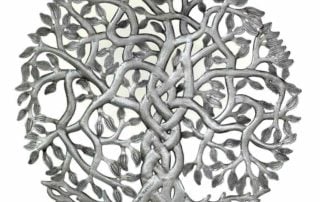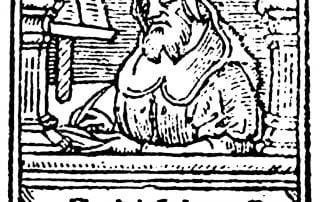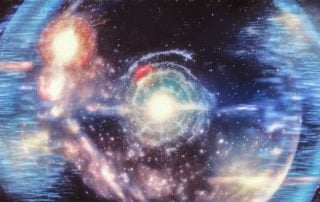The Tree of Life and Wave Mechanics
As we discussed in the earlier post, The Tree of Knowledge as a Metaphor for Superposition of States and Heisenberg’s Uncertainty Principle, the Heisenberg uncertainty principle is a direct consequence of wave-particle duality. If so, shouldn’t we expect to see some hints at the wave nature of reality in the narrative of the Garden of Eden? And the Tree of Life (Etz HaChaim): what was it doing in Eden? It appears in the narrative only twice—in the very beginning and at the very end of the story of the primordial sin—almost as if to put a frame around the picture. At the start of this narrative, the verse states: And the Lord G‑d planted a garden eastward, in Eden; and there He put the man whom He had formed. And out of the ground [...]







